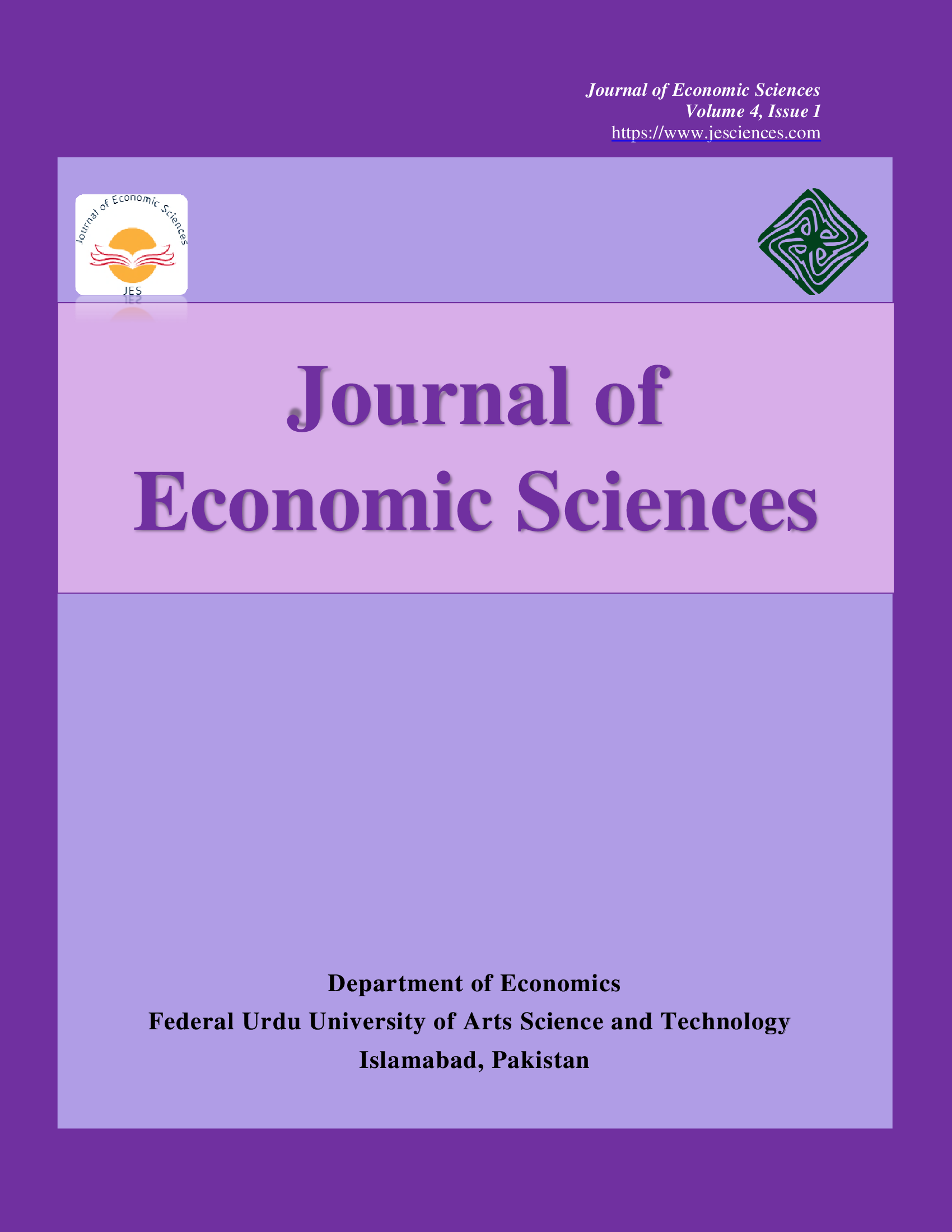Exploring Pro-Poor Growth Pathways for Poverty Reduction in SAARC Countries: An Empirical Analysis of Inclusive Development for Achieving SDG 1
Main Article Content
Abstract
Effective growth strategies that benefit people experiencing poverty are vital for inclusive development. This study examines SAARC countries' economic progress, income redistribution, and poverty reduction using the pro-poor growth index (PPGI) and poverty equivalent growth rate (PEGR) methodologies. The analysis includes institutional, financial, technological, and environmental factors to make index formulations using elasticity measurements on panel data from 2000 to 2022, unlike previous studies that focused on specific factors. According to the findings, the SAARC nations' pro-poor development strategies differ from one another. Unlike the Maldives, Bangladesh switched from anti-poor to pro-poor development between 2010 and 2016. India's agricultural sector reduced poverty more than its industrial and service sectors. Pakistan fluctuated between pro- and anti-poor developments, unlike Sri Lanka. These differences show how sector-specific policies and structural changes affect inclusive economic results. Policy implications show that SAARC states must strengthen social services, financial inclusion, and institutional quality to continue pro-poor growth. Pakistan's stability-driven banking reforms and India's targeted agricultural investments are needed for inclusive development. The studies analyze pro-poor development processes to help developing countries create poverty-reduction programs
Article Details

This work is licensed under a Creative Commons Attribution 4.0 International License.
